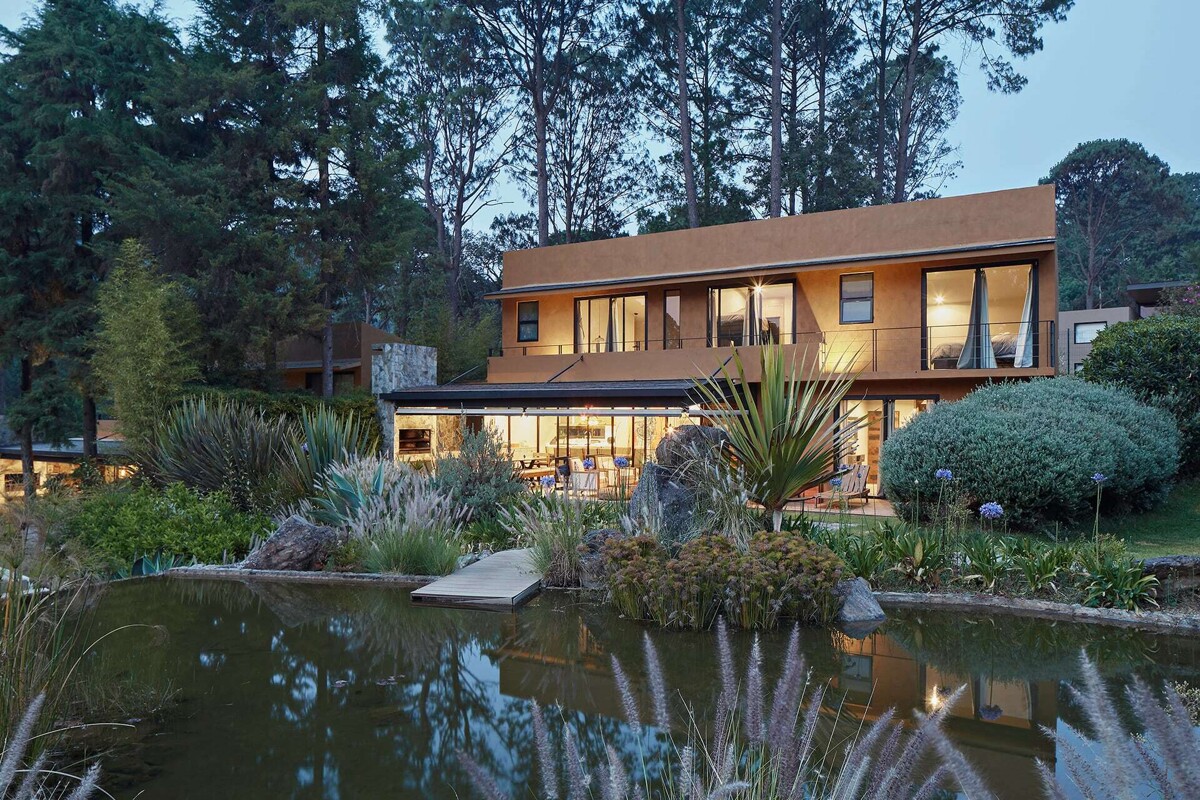
The architect highlights the importance of architecture taking a leadership role in the transition towards sustainability. He points out that, although sustainable systems may require a higher initial investment, the long-term benefits are significant. In addition to being beneficial for the planet, they also reduce maintenance costs and increase the durability of buildings.
One of the characteristics of current projects is the inclusion of vertical gardens and community green areas that bring both environmental and social benefits to the community. The goal is to ensure that cities can coexist with nature sustainably, serving as models of sustainability for the future.
The architectural firm Gerbilsky & Wainberg is working on projects in Baja California and the Caribbean with the vision of integrating architecture into the natural landscape and contributing to the restoration of local biodiversity. Their approach is based on respect for the environment and designing structures that connect people with nature harmoniously.
They are noted for their use of sustainable construction systems and for designing facades covered with vegetation, betting on innovation and the use of sustainable techniques and materials. The company is distinguished by its commitment to sustainability and its vision of balancing sophisticated design with environmental responsibility.
Gerbilsky & Wainberg seeks to redefine the concept of luxury from a sustainable perspective, prioritizing the balance between aesthetics, functionality, and the preservation of natural resources. In a context where architecture is responsible for a significant percentage of global carbon dioxide emissions, the firm joins the transition towards greener architecture.
They implement renewable solutions such as rainwater harvesting, solar panels, and local materials to reduce environmental impact at all stages of construction and maintenance. Prefabrication and the use of cross-laminated timber have allowed them to decrease the use of concrete and steel, materials with a high carbon footprint, offering visually impactful projects that are responsible to the environment.
With a committed team, the company has developed systems that save up to 70% of water compared to conventional constructions. These elements not only regulate the internal temperature of the buildings but also contribute to reducing energy consumption, becoming true "urban lungs."














